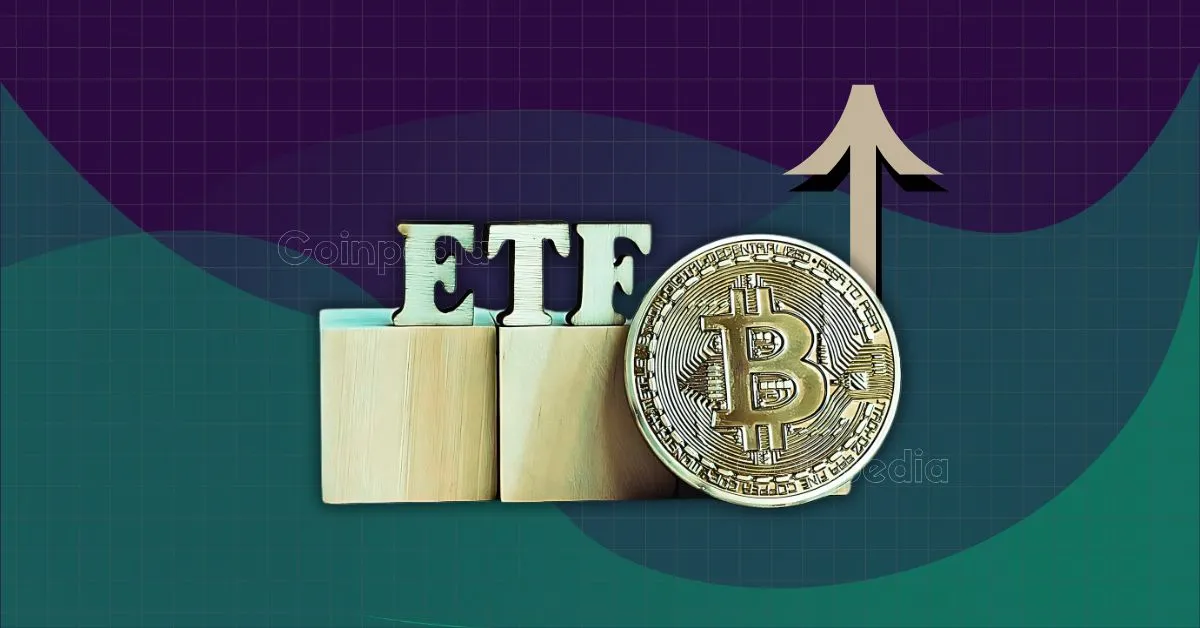Navigating Economic Uncertainty: Kiyosaki’s 2025 Investment Strategy
The Economic Landscape in 2025
The global economy is on the brink of significant upheaval. Record-high credit card debt, rising unemployment rates, and the shrinking value of retirement funds like 401(k)s paint a grim picture. Robert Kiyosaki, renowned author of *Rich Dad Poor Dad*, warns of an impending “Greater Depression” in 2025. His predictions are rooted in a critical analysis of the Federal Reserve’s monetary policies and what he describes as a “rigged system.” Traditional savings and investments, he argues, are no longer safe. Instead, he advocates for a proactive investment strategy centered around tangible assets—silver, gold, and Bitcoin—to weather the storm.
The Role of Silver in 2025
Kiyosaki’s recent emphasis on silver as the investment of 2025 is particularly noteworthy. He describes silver as “the biggest bargain today,” anticipating a potential tripling in value by the end of the year. This optimism is driven by several factors:
– Undervaluation: Silver is currently undervalued compared to its historical price trends and industrial demand.
– Industrial Demand: Silver’s use in technology, renewable energy, and medical applications is growing, driving up demand.
– Inflation Hedge: As the U.S. dollar continues to lose value, silver serves as a reliable hedge against inflation.
Kiyosaki’s preference for silver over other assets is strategic. He believes that silver offers more significant upside potential compared to stocks and ETFs, making it an attractive option for investors seeking substantial returns amidst economic turmoil.
Gold: The Timeless Store of Value
Gold has long been recognized as a stable store of value, and Kiyosaki continues to advocate for its inclusion in any resilient investment portfolio. His reasoning is straightforward:
– Historical Stability: Gold has maintained its value for centuries, making it a trusted asset during economic downturns.
– Inflation Protection: Like silver, gold acts as a hedge against inflation, preserving purchasing power over time.
– Global Acceptance: Gold is universally recognized and accepted, providing liquidity in times of crisis.
While Kiyosaki acknowledges that gold’s price appreciation might be slower compared to silver or Bitcoin, he considers it an indispensable asset for long-term financial security. Its stability and historical track record make it a cornerstone of his investment strategy.
Bitcoin: The Digital Hedge Against Instability
Bitcoin, the world’s first decentralized digital currency, has gained significant traction as a hedge against inflation and unstable financial systems. Kiyosaki sees Bitcoin as a modern counterpart to gold, offering several advantages:
– Decentralization: Bitcoin operates independently of governments and central banks, reducing counterparty risk.
– Scarcity: With a fixed supply of 21 million coins, Bitcoin’s value is protected against inflation.
– Global Accessibility: Bitcoin can be transferred and traded globally without the need for intermediaries.
Despite acknowledging that Bitcoin’s price patterns sometimes mirror those of the stock market, Kiyosaki maintains his conviction in its long-term value. He believes that as more people recognize the benefits of decentralized finance, Bitcoin will continue to appreciate, offering a refuge from the vulnerabilities of traditional currencies and banking institutions.
The ETF Dilemma: Paper vs. Physical Ownership
One of the most contentious aspects of Kiyosaki’s strategy is his stance on Exchange Traded Funds (ETFs). While ETFs offer a convenient way to invest in gold, silver, and Bitcoin, Kiyosaki remains skeptical about their true value. His criticism is rooted in several key points:
– Counterparty Risk: ETFs introduce counterparty risk, as investors rely on the ETF provider to hold and manage the underlying assets.
– Lack of Ownership: Holding an ETF does not equate to owning the physical asset. Investors do not have direct control over their gold, silver, or Bitcoin.
– Systemic Risk: ETFs are part of the traditional financial system, which Kiyosaki views as flawed and susceptible to collapse.
Kiyosaki advocates for direct ownership of physical assets, arguing that it provides greater security and control. He suggests that investors should store gold and silver in secure vaults and hold Bitcoin in personal wallets to avoid counterparty risk and ensure true ownership.
Navigating Market Volatility
Kiyosaki’s investment strategy is not without risks. He acknowledges the possibility of market corrections and bubble bursts, particularly in the cryptocurrency space. His advice for investors is to approach these assets with a long-term perspective and prudent risk management:
– Diversification: Spread investments across silver, gold, and Bitcoin to mitigate risk.
– Patience: Avoid speculative short-term trading and focus on long-term value.
– Education: Understand the risks and market dynamics before investing.
By adopting a disciplined approach, investors can navigate market volatility and position themselves for long-term success.
A Philosophy of Self-Reliance
At the heart of Kiyosaki’s investment strategy is a broader philosophy of self-reliance and financial independence. He encourages investors to take control of their financial future by:
– Educating Themselves: Understand the risks and opportunities in the market.
– Avoiding Dependence on Institutions: Rely on physical assets rather than traditional financial systems.
– Taking Responsibility: Manage investments personally to ensure security and control.
This philosophy aligns with his advocacy for physical ownership of assets, empowering individuals to bypass traditional financial institutions and take direct responsibility for their wealth.
The Kiyosaki Strategy: A Summary for 2025
Conclusion: Weathering the Storm with Tangible Assets
Robert Kiyosaki’s investment strategy for 2025 is a call to action for investors to prepare for potential economic turbulence. His emphasis on silver, gold, and Bitcoin, coupled with his skepticism towards ETFs, reflects a belief in the enduring value of tangible assets and the importance of self-reliance in navigating uncertain times. While his predictions and recommendations should be considered alongside other expert opinions and individual risk tolerance, Kiyosaki’s message serves as a valuable reminder to question conventional wisdom and take proactive steps to safeguard one’s financial future. By focusing on tangible assets and embracing a philosophy of self-reliance, investors can position themselves to weather the storm and emerge stronger in the years ahead.

